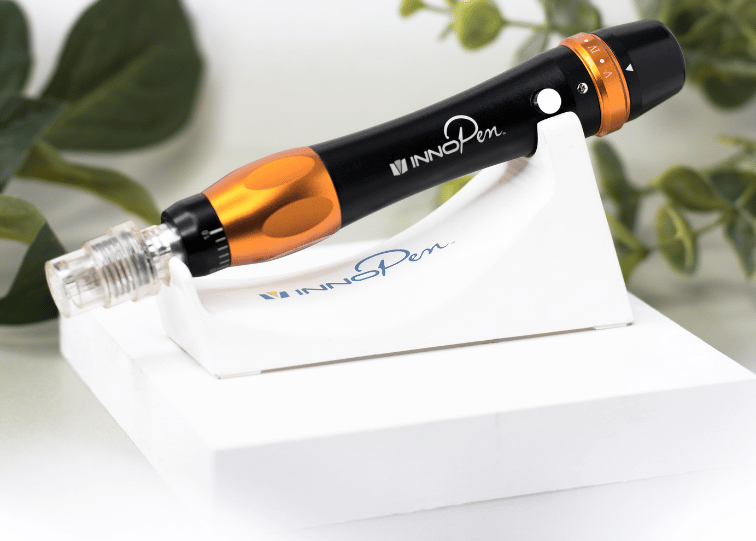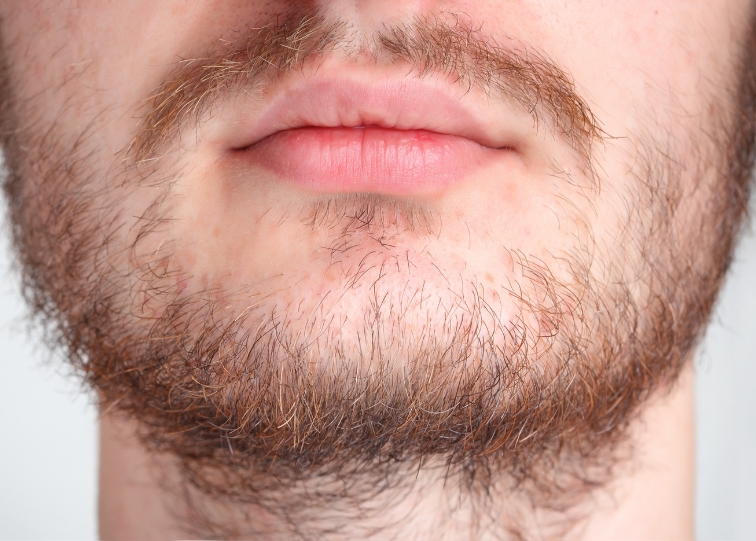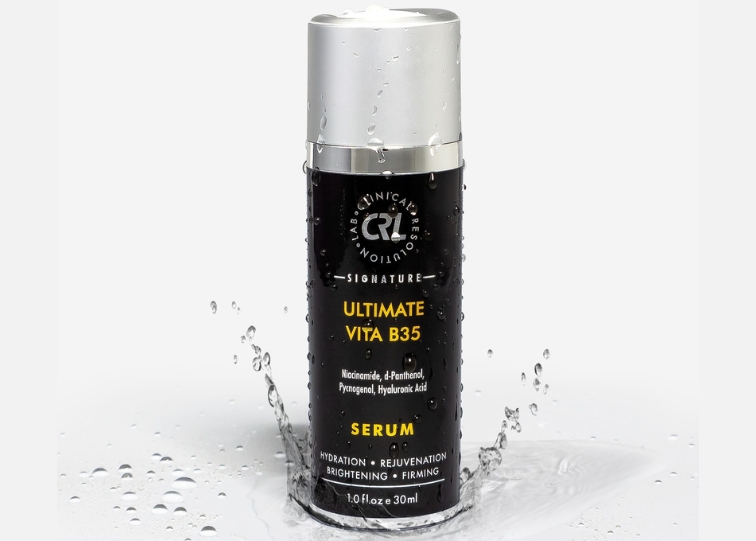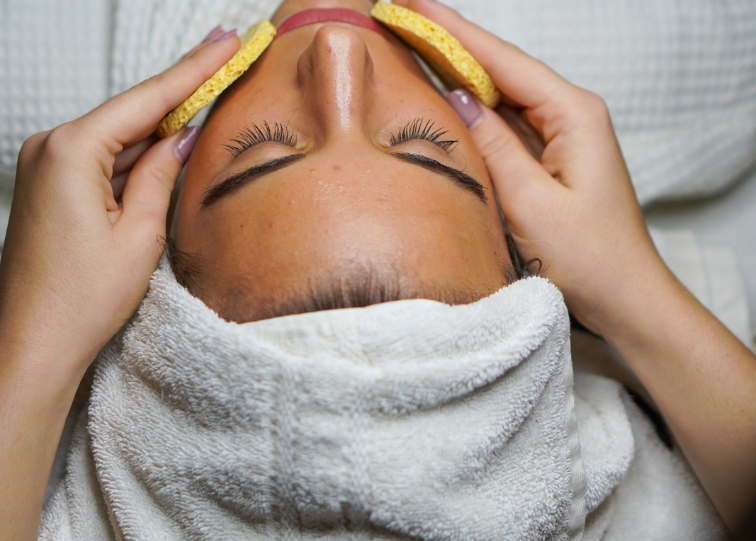Scar Repair: Microneedling Before and After
Scars are a part of life, but that doesn't mean we have to live with them forever. Whether caused by surgery, accidents, or skin conditions, scars can be a source of self-consciousness and discomfort for many.
Fortunately, advancements in skincare have led to innovative treatments that can significantly improve the appearance of scars. One such technique is microneedling, a procedure that harnesses the body's natural wound-healing processes. In this blog, we'll delve into how microneedling helps with scar repair and explore our Vital WH (Wound-healing) and the ingredients that make it even more effective in reducing the appearance of scars.
Microneedling: A Brief Overview
Microneedling, also known as collagen induction therapy, involves the use of a pen-like device equipped with fine needles. These needles create thousands of tiny, controlled micro-injuries in the skin's surface. While it may sound counterintuitive, this controlled damage is the key to stimulating the body's natural healing response.
The American Academy of Dermatologists states that microneedling also helps with
- Acne scars
- Dark spots
- Large pores
- Melasma
- Sagging skin
- Stretch marks
- Uneven skin texture and tone
- Wrinkles and fine lines
The Role of Wound Healing Ingredients:
For microneedling to be most effective in scar repair, the choice of topical products applied during and after the procedure is crucial. Our Vital WH incorporates a blend of potent wound-healing ingredients like Lanolin, Beta Glucan, Palmitoyl Tripeptide-28, EGF (Epidermal Growth Factor), and bFGF (Basic Fibroblast Growth Factor).
Let's explore how these ingredients contribute to scar repair:
- Lanolin: An emollient that acts as a protective moisture barrier and aids in healing minor surface wounds by promoting skin regeneration and reducing inflammation.
- Beta Glucan: According to Byrdie it is a humectant moisturizer that attracts water to the top layers of skin. This ingredient works by stimulating wound healing through the acceleration of fibroblast growth and collagen synthesis. The result is a reduction in scar visibility and discoloration.
- Palmitoyl Tripeptide-28: Known for enhancing the level of TGF-β1 in the skin, Palmitoyl Tripeptide-28 activates the gene responsible for increasing collagen production. This regulates cell growth, proliferation, and differentiation, further aiding in scar repair.
- EGF (Epidermal Growth Factor): EGF is a key player in activating fibroblasts, essential for collagen synthesis. This ingredient promotes the growth of keratinocytes, helping to rejuvenate the skin.
- bFGF (Basic Fibroblast Growth Factor): bFGF sends signals that promote epidermal growth and collagen synthesis, making it invaluable in reducing the appearance of scars.
InnoPen: The Ideal Microneedling Device

The success of microneedling in scar repair also depends on the quality of the device used. InnoPen stands out as one of the best microneedling pens for several reasons:
- Patented high-speed motor with accurate speed and power control: InnoPen's advanced motor ensures precise and consistent needle penetration, maximizing the effectiveness of the treatment.
- Anti-overheating feature: Overheating can damage the skin and compromise the results of microneedling. InnoPen's anti-overheating feature ensures a safe and comfortable experience for clients.
- Fully adjustable needle depth and speed: Every scar is unique, and InnoPen allows practitioners to customize treatment parameters to address individual needs effectively.
- Ergonomic design for effortless handling: The ergonomic design of InnoPen ensures that practitioners can perform treatments with ease and precision, minimizing fatigue and ensuring consistent results.
Microneedling Before and After Scar Revision:

As you can see from the image the scar's overall appearance has improved. This picture was taken after the second round of microneedling and with the use of the Innopen and the Vital WH.
Pro Tip: As an esthetician or skin care professional it’s important to take pictures of the microneedling process, especially microneedling before and after. This helps you to understand the effectiveness of your treatments but also entices potential clients to choose you.
Taking pictures of the microneedling process allows you to track your client's progress and see how their skin is improving over time. This can be helpful for both you and your client, as it can give you both a sense of accomplishment and motivation to continue with the treatments.
Additionally, taking pictures of the microneedling process can be used as marketing material to attract new clients. Potential clients can see the results that you have achieved with other clients, which can help them decide whether or not microneedling is the right treatment for them.
Conclusion
Microneedling, when combined with high-quality devices like InnoPen and potent wound-healing ingredients, offers a powerful solution for scar repair. By tapping into the body's natural wound-healing processes and enhancing them with targeted ingredients, microneedling provides hope for those looking to reduce the visibility of scars and regain confidence in their skin's appearance. If you're considering scar repair treatments, consult with a qualified practitioner experienced in microneedling to explore how this innovative approach can work for you.








